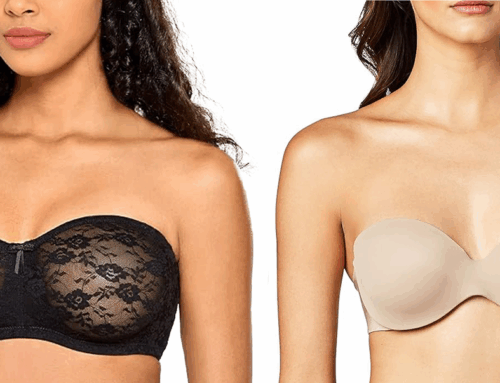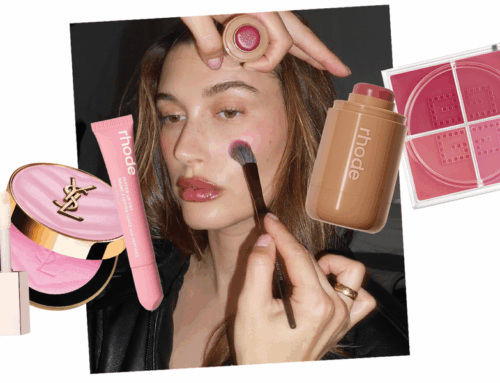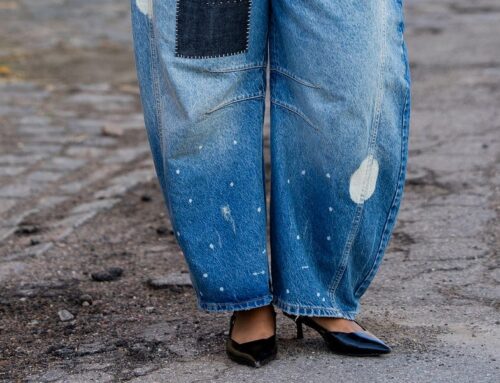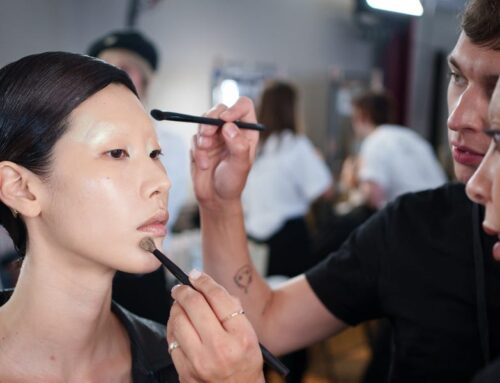For the casual skincare lover who might lightly research a new product before adding it to cart, the idea of “salmon sperm skincare” sounds absolutely ludicrous. But if you’ve been questioning the near-flawless faces all over your FYP, you’ve likely seen the videos of people in Korea injecting their faces with salmon DNA in pursuit of smooth, firm skin. While the results are tantalizing, the format might be a bit daunting, even to a skincare aficionado like myself. Luckily, salmon sperm is making its way into our topical skincare products, and it’s finally stateside. Meet PDRN skincare, the new buzzy K-beauty ingredient taking over shelves that seems gimmicky, but has quite a bit of science promoting its effects for improving your skin.
Is it just a fad, though? Dermatologist Melda Isaac, MD, doesn’t think so. “PDRN has real staying power because there are decades of science-based research that is supported by medical use, which gives it credibility,” she says. Let’s get into it (and whether or not it’s actually salmon sperm).
What is PDRN?
PDRN, or polydeoxyribonucleotide, “are DNA fragments derived from sperm cells of certain trout or, more commonly in skincare, salmon,” says Dr. Isaac. So, yeah, you technically are slathering the sperm of a lil salmon on your face when you use products with PDRN. But don’t worry, Dr. Isaac confirms that the extracted sperm is filtered to remove impurities, then sterilized so that it’s suitable for use on your face.
Why sperm, though? “Studies indicate that salmon sperm are the most suitable source for the extraction of highly purified DNA without the risk of impurities due to their low levels of proteins, peptides, and other contaminants compared to other DNA sources,” says Dr. Isaac.
What does PDRN do for skin?
PDRN is fantastic for a lot of skin concerns, mainly regenerating tissue and cell renewal, which helps churn out more resilient, elastic skin that’s firmer and smoother. Basically, it can help stimulate collagen production, improve skin texture and tone, make pores look tighter, and reduce fine lines and wrinkles. To get science-y, “it works primarily by activating adenosine A2A receptors, which are crucial in anti-inflammatory effects,” explains Dr. Isaac. It’s largely used to “promote cell growth and repair and enhance the skin’s natural healing process, making it an ideal component for post-treatment recovery,” she adds. But it can also inhibit melanin production to help reduce hyperpigmentation, making it great for getting rid of acne scars and sun spots.
What’s the difference between PDRN facials and at-home products?
The biggest difference between what you get at an office versus topical products at home is concentration. The PDRN that’s injected into your skin during a procedure at a derm’s office is much more concentrated than what you’d find in Hailey Bieber‘s favorite Medicube PDRN Collagen Gel Mask. It’s also key to keep in mind that PDRN products will also likely differ, both in strength and in how it was manufactured. Dr. Isaac says it’s important to consider if the product contains salmon DNA or trout DNA (as this can potentially change the efficacy and strength of results), plus where the salmon is coming from (was it farm-raised or freshly caught from pure streams or rivers, she notes).
When it comes to products, Dr. Isaac is pro-PDRN in basically all forms. Most of all, she recommends choosing something that you can be consistent with. “Serums are designed for daily use and long-term maintenance, while masks provide an immediate boost since they are left on the skin longer, allowing ingredients to soak in,” she explains. If adding a PDRN serum, like VT Cosmetics PDRN 100 Essence Serum, to your nighttime skincare routine is easiest, try that (plus it’ll usually have added hydrators, like hyaluronic acid, or soothers like niacinamide). Or incorporate it with a weekly overnight mask (I’ve been loving Abib PDRN Collagen Overnight Mask for my acne-prone skin) or a PDRN sheet mask. “In the treatment room, I think PDRN masks are a great addition to post-laser care as they offer immediate soothing properties and improve downtime or recovery period,” she adds.
Dr. Isaac recommends combining at-home treatments with your in-office procedures to double up on your results. FWIW, her go-to product at-home is LúmEnvy Glass Skin Brightening Serum, which she finds helps expedite the skin’s healing process after cosmetic treatments, as well as improves skin luminosity and texture.
Is PDRN safe for sensitive skin?
The best thing about PDRN is that it’s gentle and effective for all skin types, including sensitive, notes Dr. Isaac. “It doesn’t strip or over-correct, making it safe across the board,” she says. In fact, you can even use it with actives—including retinol, growth factors, AHAs, BHAs, and vitamin C—to help reduce irritation, says Dr. Isaac.
One thing to keep in mind: Proceed with caution if you have a fish or shellfish allergy, Dr. Isaac warns. Talk to your doctor before you start using a product just to be sure it won’t cause irritation (and of course, any new product you add into your routine puts you at risk for some irritation, even if you don’t think you’re allergic to it). There is usually a lot of purification done with these products, but an allergic response could possibly happen, so it’s best to be safe.
Final thoughts:
While rubbing salmon sperm on your skin might sound a lil freaky, it’s actually backed by science to help smooth and tighten. Who woulda thought? While an in-office facial using PDRN might lead to quicker and more noticeable results, at-home topical masks, serums, and creams are also pretty effective and compound results over time. “It truly is one of those rare ingredients that transcends hydration, repair, and renewal universally,” says Dr. Isaac.
As for where we’ll go with salmon sperm, Dr. Isaac is convinced we’re just getting started. “I think there will be increased concentrations of the active ingredients, more combinations of PDRN with other rejuvenating products, and there will be more options in delivery mechanisms, including injections of PDRN into deeper tissues,” she says.
Meet the expert:
- Melda Isaac, MD, is a board-certified dermatologist at MI-Skin Dermatology in Washington, D.C.
Why trust Cosmopolitan?
Beth Gillette is the beauty editor at Cosmopolitan with seven years of experience researching, writing, and editing skincare stories that range from vitamin C serums to butt acne.
Beth Gillette is the beauty editor at Cosmopolitan, where she covers skincare, makeup, hair, nails, and more across digital and print. She can generally be found in bright eyeshadow furiously typing her latest feature or hemming and hawing about a new product you “have to try.” Prior to Cosmopolitan, she wrote and edited beauty content as an Editor at The Everygirl for four years. Follow her on Instagram for makeup selfies and a new hair ‘do every few months.







